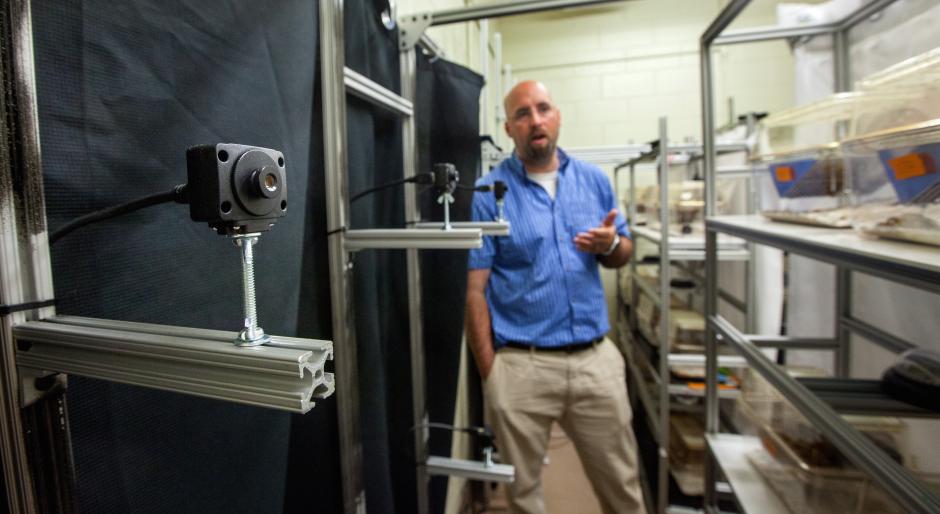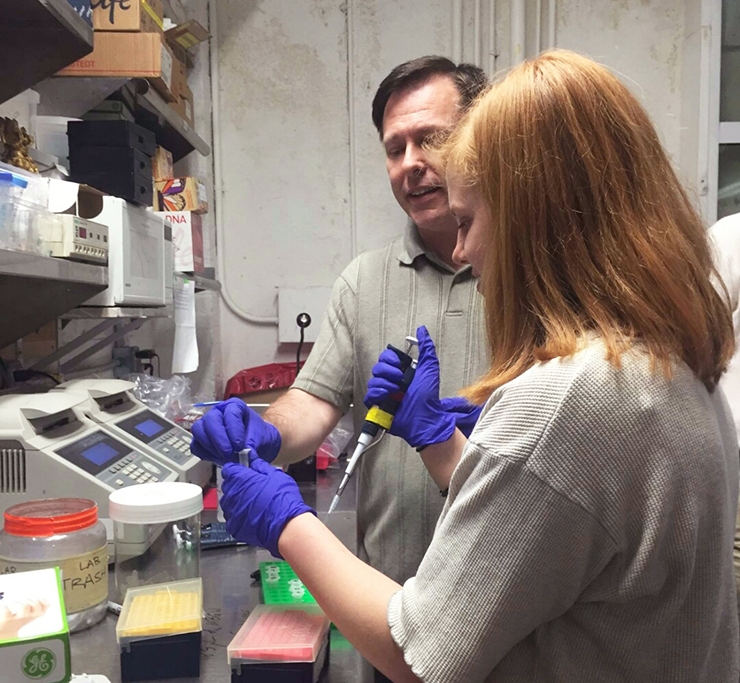
After researchers spent years developing an artificial intelligence technology to monitor lab animal behavior, a team of recently graduated entrepreneurs is investigating its commercial potential.
PROVIDENCE, R.I. [Brown University] – Brown undergraduates Adrienne Tran and Max Song didn’t just take Thomas Serre’s machine vision course in Fall 2015 – they ultimately took an innovation from his lab to consider its potential for commercialization.
The technology, which Serre’s lab has developed with Brown colleague Kevin Bath over the last several years, automates the observation of research animals. Normally students and other research assistants must painstakingly review hours of video footage to determine when and for how long a mouse sleeps, wakes, feeds, drinks, grooms another mouse, nurses its pups and so on. Those factors are key to understanding the potential effects of an experimental intervention on the mouse’s behavior.


